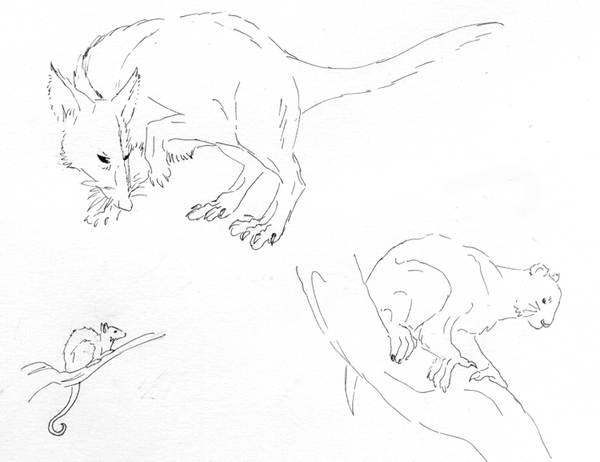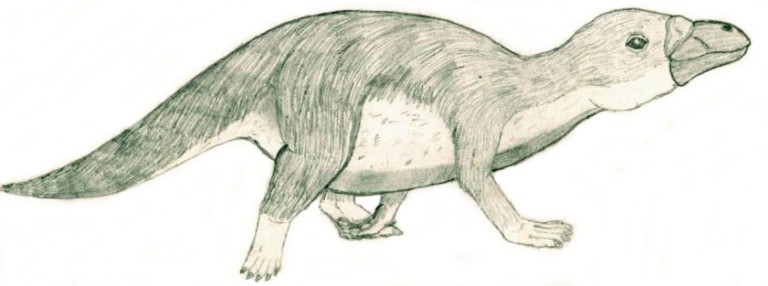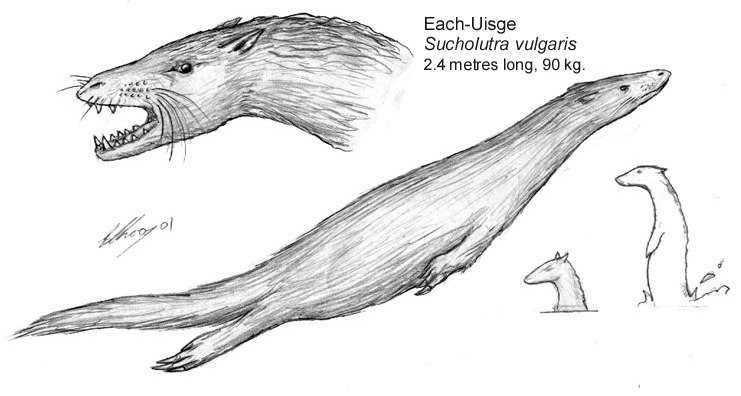DIDELPHIDAE

Didelphid marsupials (a New World clade in which embryos are born into
a second womb before graduating to a pouch) were present in North America
from the start of the Cenozoic. They spread to South America in the
Paleocene (where they evolved along the same lines as Arel's opossums)
and to Asia in the Eocene (but later went extinct). Most of these
creatures are arboreal insectivores(bottom left), but some predators, such
as the nocturnal possum-houns (top) and drop-bears (bottom right) evolved
during the ecological turmoils of the Pleistocene and have managed to hold
onto their niches despite competition from dinosaurian predators.
These carnivorous forms live in both North and South America, but are at
their largest in North America's boreal forests.
CHIROPTERA
Bats evolved during the Eocene from a primate/rodent complex (the rodents
have since died out---eaten by a pack of armadilloes, most likely) and
are almost exactly the same as they are in Arel.
AUSTRALIAN MARSUPIALS
Like Brian says: herbivorous diprotodont dentition has evolved
while jackal-sized predators successfully compete with small theropods
- although they have not produced anything bigger than 12 kg.

MONOTREMATA
As in RL, monotremes are only around in Australia, and these are the
semi-aquatic platipi (Brian doesn't like echidnas for some reason---best
not to ask)

METATHERIA
Methatheres are a group of ancient mammals, possibly related to the
monotremes (and if so, only very distantly). They lactate and bear
their young live, but they are not viviparous, but oviviparous, hatching
their eggs internally, rather going through a true, eutherian pregnancy.
This group probably evolved in Asia some time during the Mesozoic (Jurassic?),
and occupied a number of weasle-like forms during the most of the Tertiary.
Now, with doglike kochillas and catlike felimuses competing for space,
most metatherians are semi-aquatic. A few very large forms (such
as the each-uiges) have evolved, and some are marine. Metatherians
may be found in Eurasia and Africa (where they are smaller), but
not in the New World.


